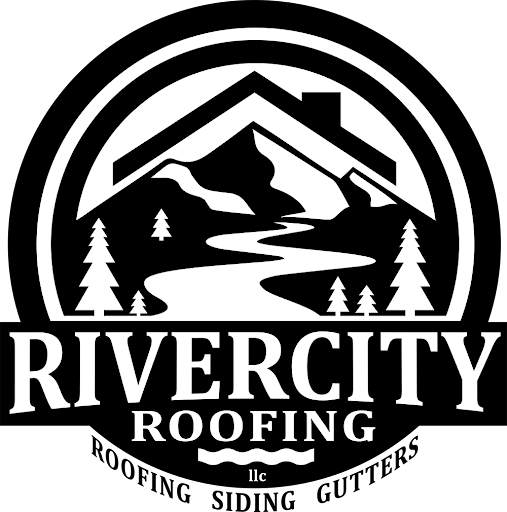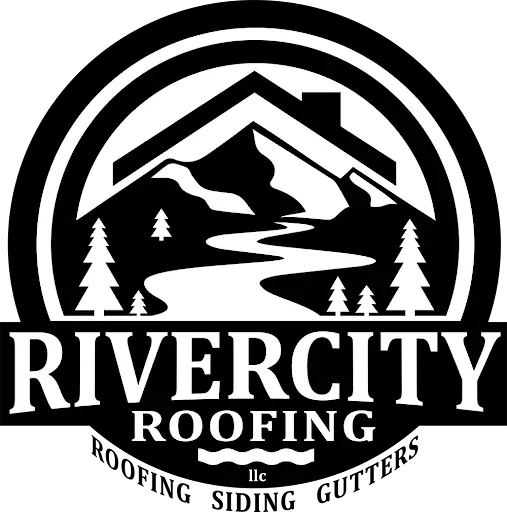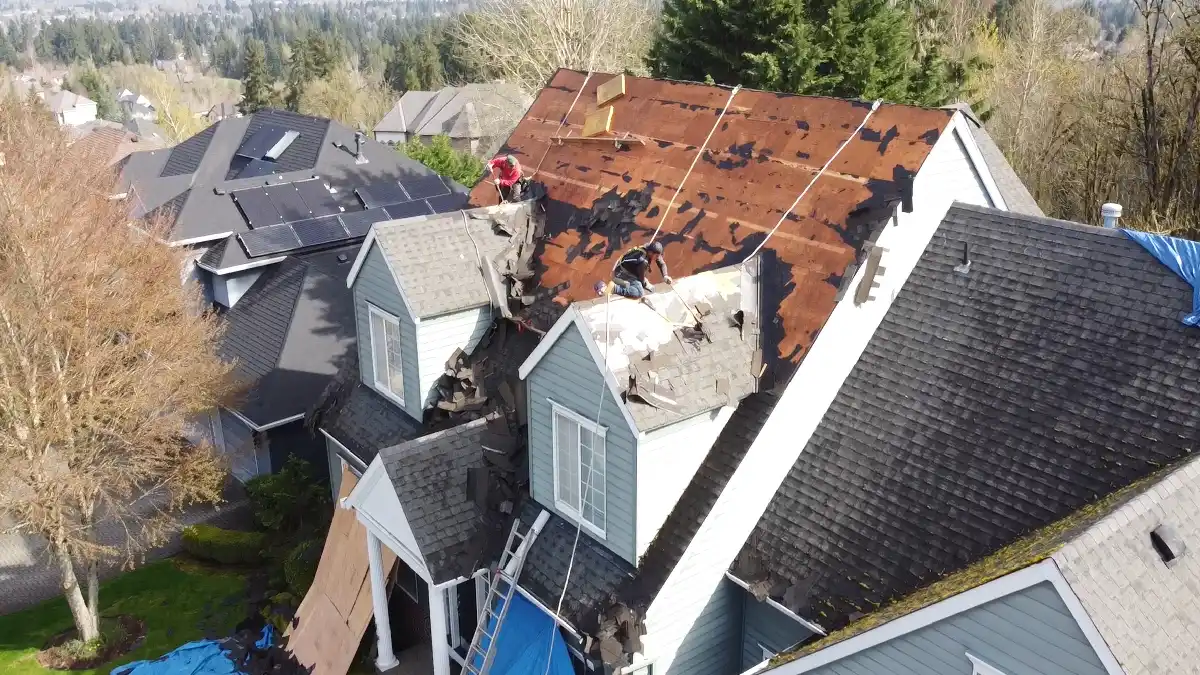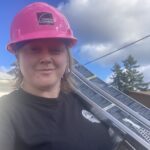When it comes to any roofing process, whether it is the construction of a new house or remodelling the roof of an already existing house, selecting the appropriate material for the roof deck is of utmost importance. Roof decking is the principal supporting member of the roofing system and plays a great role in the overall performance and longevity of the roof.
In this guide, you will learn more about the different types of roof decking materials and what is the best option for roof decking.
Types of Roof Decking Materials
Free Roof Inspections. Fast. Reliable.
Is your roof ready to weather the storm? Dont risk property damage. Our free roof inspections provide expert analysis to identify potential issues before they become costly problems.
Plywood
Some of the characteristics, such as strength, rigidity, and flexibility, make plywood the preferred material for roof decking.
Advantages:
- Strength and durability: Plywood is tough-constructed and can accommodate several kinds of roofing materials, including but not limited to asphalt shingles, metal panels, or tiles.
- Moisture resistance: While plywood is not water-proof because of its layered structure, it is a relatively water-resistant material.
- Ease of installation: With the use of nails or screws, plywood can be fitted in place easily, making it easy to work with.
Disadvantages:
- Cost: In comparison with plywood, OSB is more affordable.
- Vulnerability to water damage: Although plywood is relatively less sealed off from moisture, it can get warped or delaminated when subjected to water for extended periods of time.
Ideal for: For those individuals who wish to achieve an average level of structural adequacy in their house and do not live in very wet climates.
Oriented Strand Board (OSB)
Oriented Strand Board (OSB) is a commonly used material that is manufactured from the compression of strands of wood and adhesives.
Advantages:
- Affordability: OSB is often cheaper than plywood and can save you money when remodeling your home or planning a big project.
- Uniformity: They are uniform in terms of thickness and sturdiness.
- Sustainability: OSB is made from small, fast-growing trees, making it more environmentally beneficial.
Disadvantages:
- Moisture sensitivity: In comparison to other wood-based materials, OSB performs relatively well under normal conditions, but it swells and degrades in environments that are too damp for an extended period, particularly in its edges.
- Lower strength compared to plywood: Plywood is usually stronger and can take most of the residential roofing loads. It also has better stand impacts than OSB.
Ideal for: OSB is perfect for those interested in energy efficiency and who want to spend minimally on the roof, as well as those living in places with relatively low humidity.
Tongue-and-Groove Boards
Tongue-and-groove boards are more of a traditional type of roof decking that was used in most of the older homes and for certain architectural designs.
Advantages:
- Aesthetic appeal: They are usually selected for their traditional appearance, especially in visible ceiling layouts where the roof decking is evident from below.
- Durability: It is extremely strong and cannot easily be degraded, but if maintained well, it will stay relevant for many years.
- Strength: These boards offer sound support to the roof and can hold up patio roofing such as slate or clay tiles.
Disadvantages:
- Cost: They cost more than plywood and OSB because of their construction from solid wood.
- Labor-intensive installation: They take longer to install than plywood and OSB, which can increase the cost of the job.
- Susceptible to moisture: They have a poor sealing quality and are unable to withstand water accumulation, swelling, or warping.
Ideal for: Owners with aesthetic concerns and who want a strong and lasting material for roofing their homes, particularly those with exposed ceilings and old architecture.
Metal Roof Decking
Metal roof decks can be used for any type of construction project- commercial or industrial buildings, residential buildings or for projects located in areas of severe climatic conditions.
Advantages:
- Fire resistance: Metal decking is also incombustible, making it perfect for protection from fire calamities.
- Durability: Metal decking is strong and can withstand all types of weather as well as moisture and insects.
- Low maintenance: Metal decking has minimal to no maintenance throughout its life cycle.
Disadvantages:
- Cost: It may cost more than wood products and may need special equipment and expertise for installation.
- Noise: It is very noisy, especially during hail or rain.
Ideal for: Offices, factories, residential apartments and other structures that are located near fire-prone areas or in very volatile climate zones.
Key Considerations for Choosing Roof Decking
Roofing Material
As pointed out earlier, the type of roof covering (shingles, metal, tiles, etc.) you intend to use will dictate the type of roof decking material to be used. A stronger or more durable material may be required to be used as a decking surface.
Climate and Weather Conditions
There are also certain factors that have to be explored; for instance, the climate in your area will greatly influence the choice of the roof decking material. Consider factors such as:
- Moisture levels: Where humidity, high rainfall, or snow intensifies, it may be better to use plywood rather than OSB.
- Wind: If you live in an area with high winds, for instance, near the beach or areas with frequent tornadoes, it is advisable that you use tougher materials like plywood or metal decking as this will be able to withstand the forces that result in uplift.
- Temperature fluctuations: Some materials expand with temperature and, therefore, can rack or warp at some point in time. Select a material that is stable in the conditions of the areas you are working on.
Budget
Another consideration that you need to bear in mind when choosing roof decking is your budget.
Building Codes
One must install roof decking, taking into consideration the building codes and regulations in that specific region.
Roof Pitch
Roof pitch also plays an important part in determining your choice of decking material since different types have varying dimensional stability rates depending on the pitch.
Conclusion
For the vast majority of homes, plywood and OSB are the choices for roof decking because they offer a good combination of strength and cost. Plywood is the more durable and moisture-resistant material, which will make it suitable for long-term use, while OSB is a suitable option if the primary cost plays an important role. OSB must be used together with high-quality moisture-resistant barriers and proper ventilation to decrease the level of water damage.
The right installation and materials will protect your roof for a long time, thus improving the worth of the property.
Contact River City Roofing for all your roofing needs!



